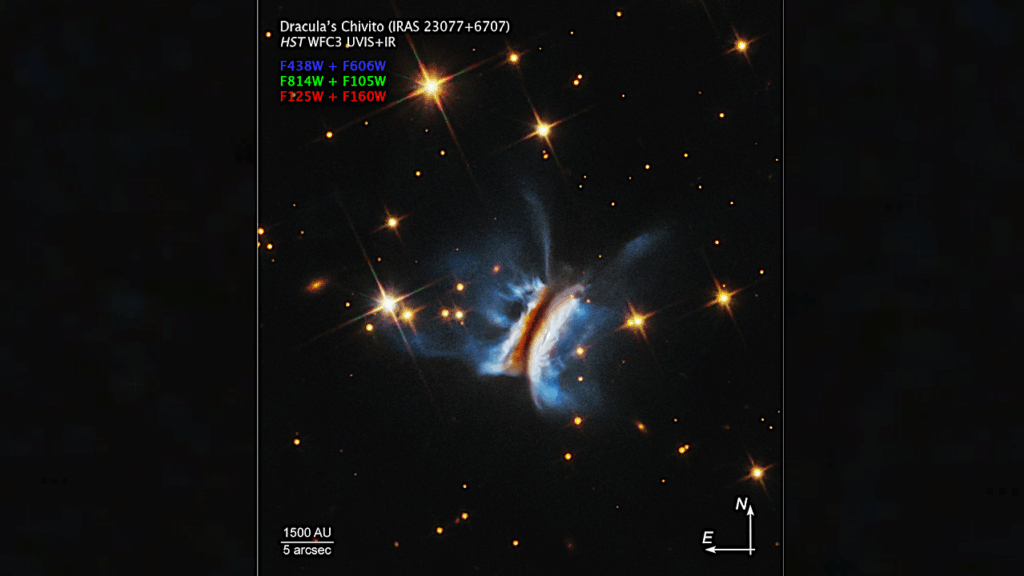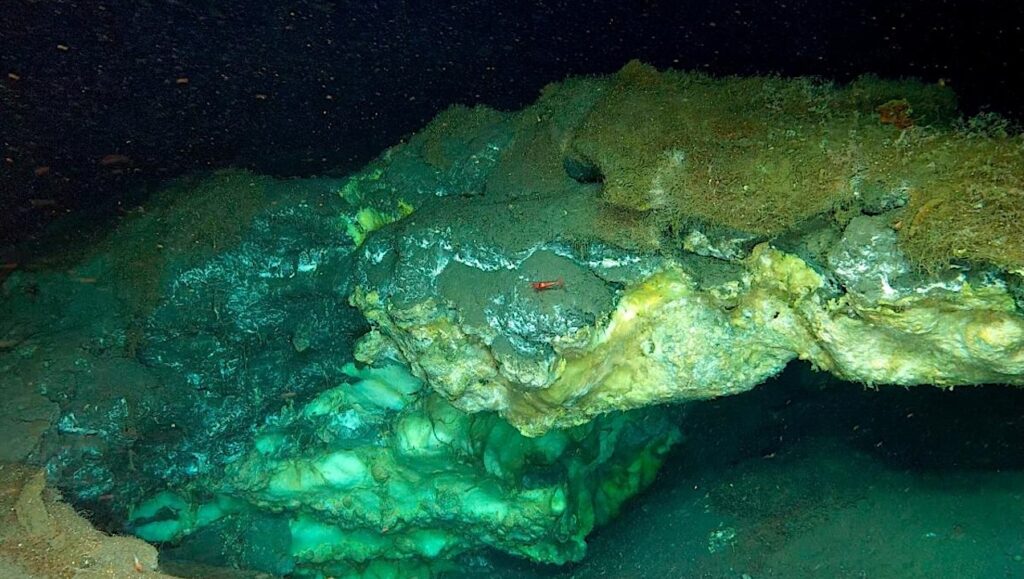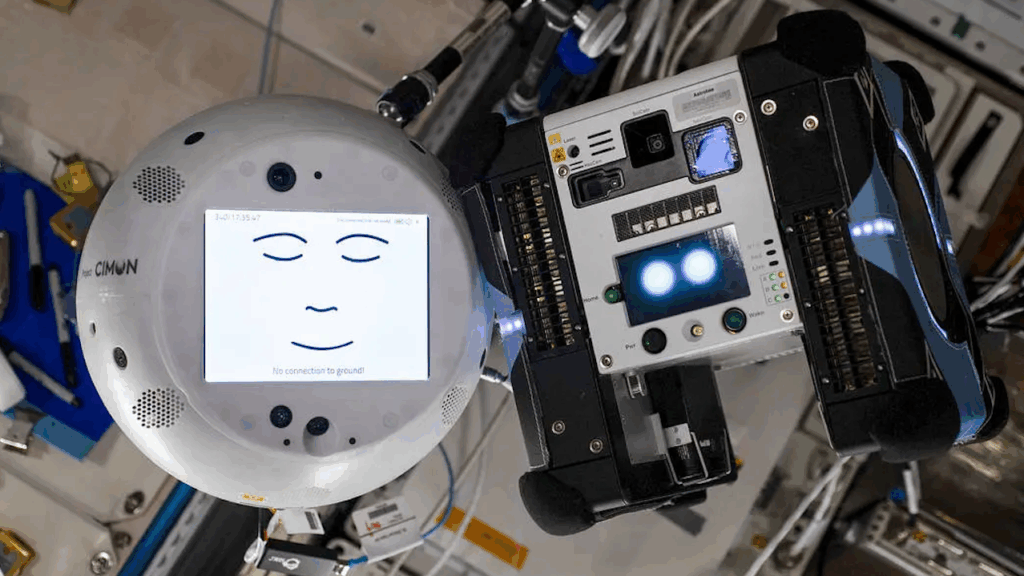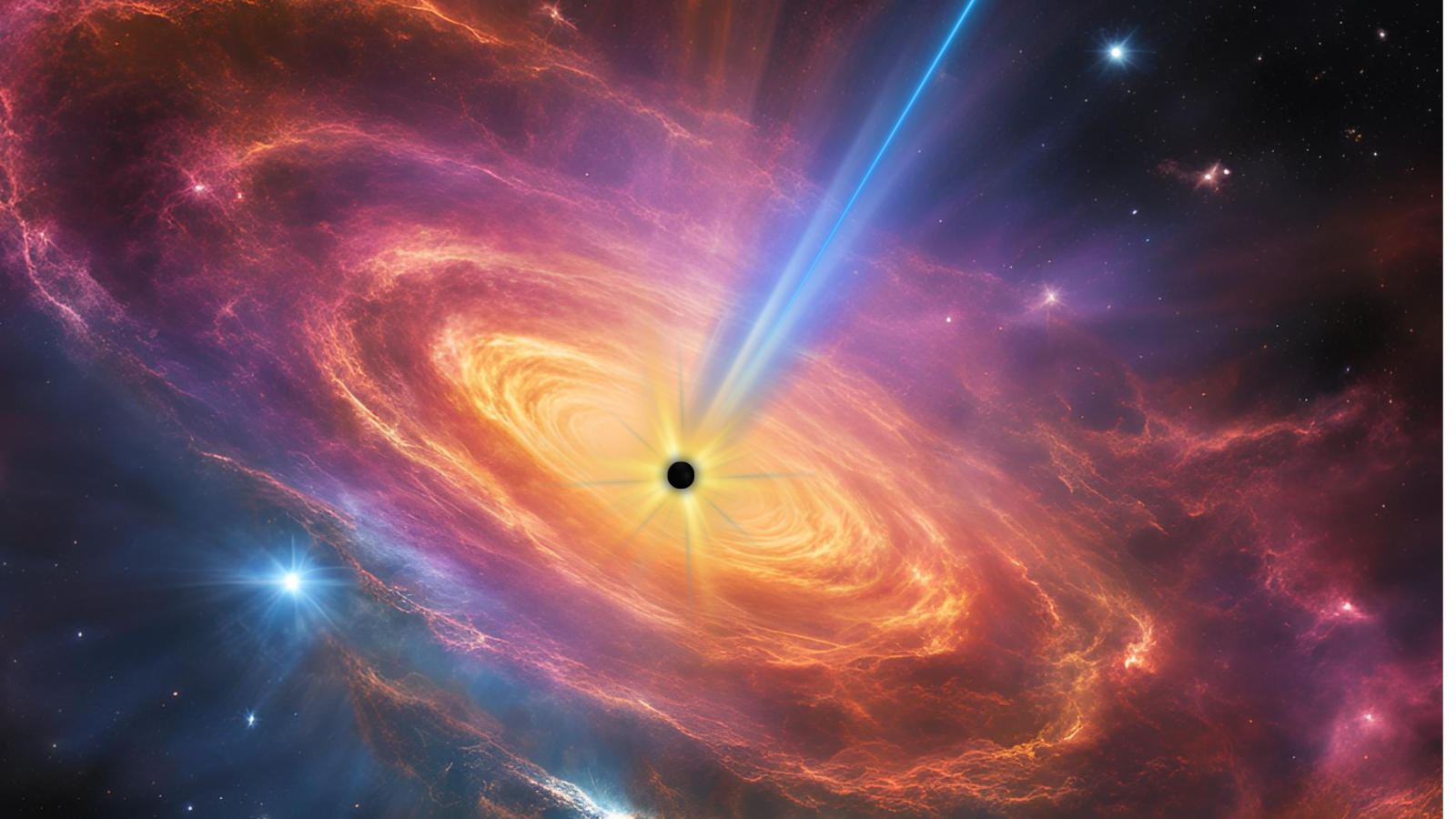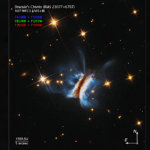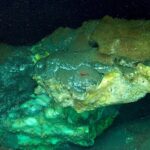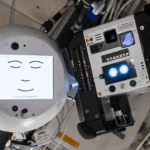Now Reading: Astrometric Accelerations of Provisional Targets for the Habitable Worlds Observatory
-
01
Astrometric Accelerations of Provisional Targets for the Habitable Worlds Observatory
Astrometric Accelerations of Provisional Targets for the Habitable Worlds Observatory
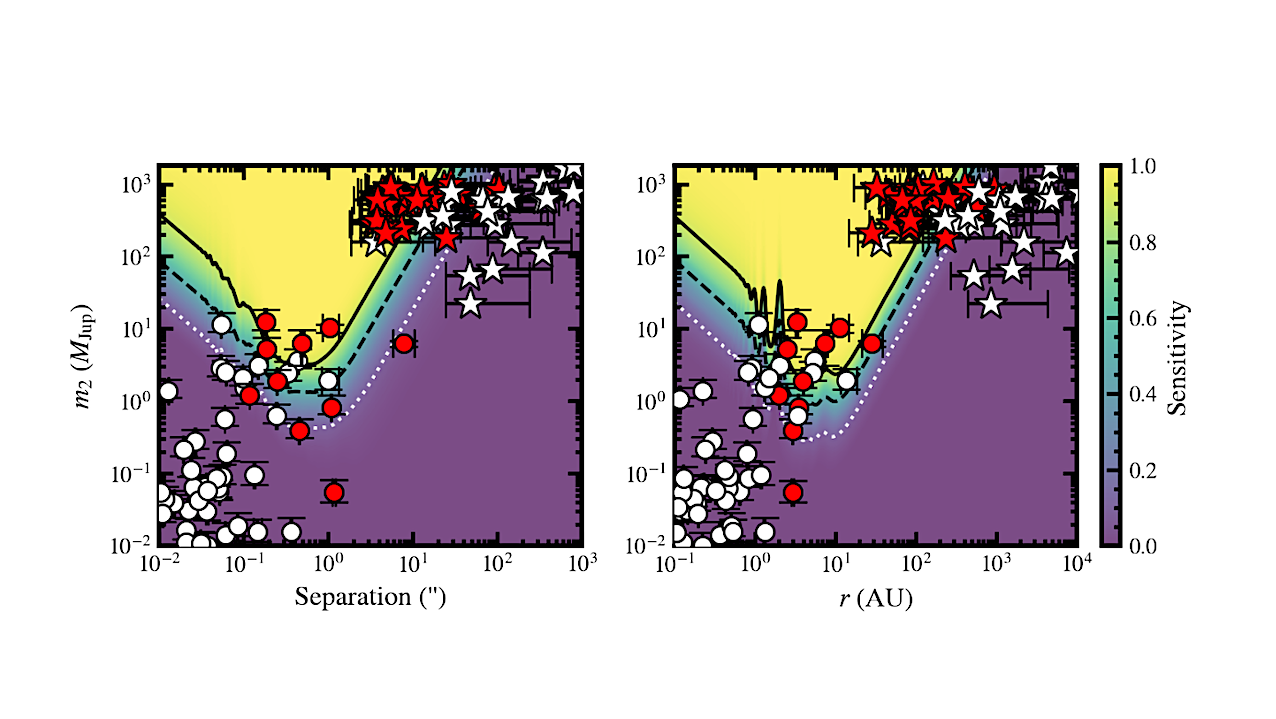
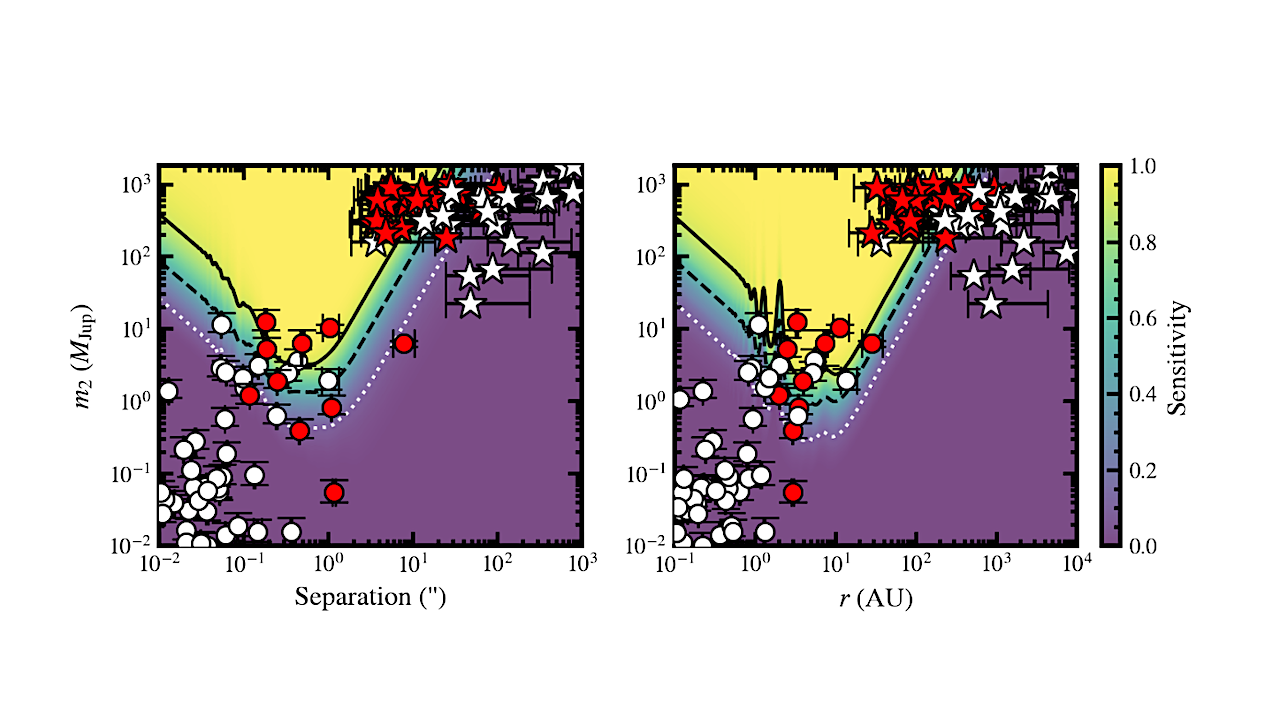
Average sensitivity of HGCA astrometric acceleration method to companions across mass and separation space, calculated from non-significant accelerations. 90%, 50%, and 10% contours are shown. All known companions of HWO targets in the HGCA are plotted. Red circles and stars represent planets and stars, respectively, that account for their host star’s acceleration; white circles and stars represent planets and stars that do not account for the acceleration. — astro-ph.SR
NASA’s Habitable Worlds Observatory (HWO) will be the first space telescope capable of directly imaging Earth-like planets in the habitable zones of Sun-like stars to probe their atmospheres for signs of life.
Now in its early stages of design, a list of the 164 most promising targets for HWO has been released to the community to carry out precursor science. Massive companions in these systems–stars, brown dwarfs, or giant planets–could preclude the existence of Earth-sized planets in the habitable zone by impacting their long-term dynamical stability.
Here, we use astrometry from Hipparcos and Gaia EDR3 to identify stars in the HWO preliminary target list that exhibit astrometric accelerations and determine joint constraints on the expected mass and separation of these companions.
We find that 54 HWO targets have significant astrometric accelerations, 37 of which are accounted for by known giant planets and stellar companions. Follow-up efforts are required to clarify the specific nature of the suspected companions around the remaining 17 accelerating stars.
Stars without significant accelerations are used to rule out large regions of companion mass and separation down to planetary masses. We find that with Hipparcos and Gaia EDR3 we are ∼85% sensitive to 2 MJup planets between 4 and 10 AU. Future Gaia releases will provide sensitivity to sub-Jovian mass planets on Solar System scales for provisional HWO targets.
Finally, using analytical estimates of dynamical stability, we find that 13 HWO targets have known stellar or planetary companions that are likely to disrupt habitable-zone planets.
Katie E. Painter, Brendan P. Bowler, Kyle Franson, Juliette C. Becker, Jennifer A. Burt
Comments: Accepted for publication in AJ
Subjects: Earth and Planetary Astrophysics (astro-ph.EP); Instrumentation and Methods for Astrophysics (astro-ph.IM); Solar and Stellar Astrophysics (astro-ph.SR)
Cite as: arXiv:2506.21768 [astro-ph.EP] (or arXiv:2506.21768v1 [astro-ph.EP] for this version)
https://doi.org/10.48550/arXiv.2506.21768
Focus to learn more
Submission history
From: Brendan Bowler
[v1] Thu, 26 Jun 2025 20:57:07 UTC (9,499 KB)
https://arxiv.org/abs/2506.21768
Astrobiology, Astrochemistry,
Stay Informed With the Latest & Most Important News
Previous Post
Next Post
-
 01From Polymerization-Enabled Folding and Assembly to Chemical Evolution: Key Processes for Emergence of Functional Polymers in the Origin of Life
01From Polymerization-Enabled Folding and Assembly to Chemical Evolution: Key Processes for Emergence of Functional Polymers in the Origin of Life -
 02Panasonic Leica Summilux DG 15mm f/1.7 ASPH review
02Panasonic Leica Summilux DG 15mm f/1.7 ASPH review -
 03Two Black Holes Observed Circling Each Other for the First Time
03Two Black Holes Observed Circling Each Other for the First Time -
 04How New NASA, India Earth Satellite NISAR Will See Earth
04How New NASA, India Earth Satellite NISAR Will See Earth -
 05And Thus Begins A New Year For Life On Earth
05And Thus Begins A New Year For Life On Earth -
06SpaceX launch surge helps set new global launch record in 2024
-
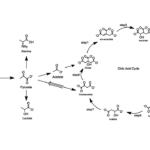 07Thermodynamic Constraints On The Citric Acid Cycle And Related Reactions In Ocean World Interiors
07Thermodynamic Constraints On The Citric Acid Cycle And Related Reactions In Ocean World Interiors












